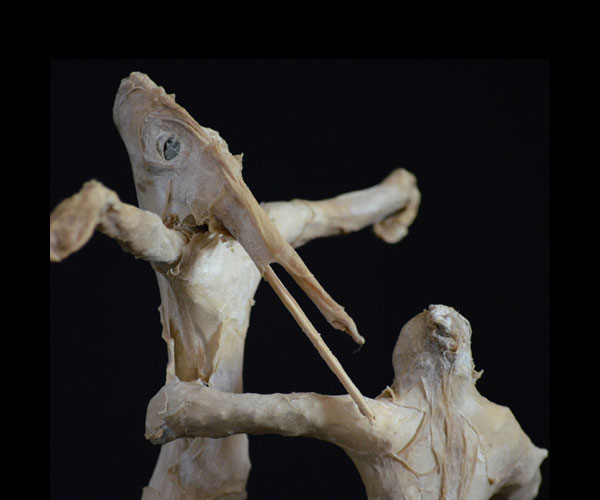“If, on a certain evening about sixty-six million years ago, you had stood somewhere in North America and looked up at the sky, you would have soon made out what appeared to be a star. If you watched for an hour or two, the star would have seemed to grow in brightness, although it barely moved. That’s because it was not a star but an asteroid, and it was headed directly for Earth at about forty-five thousand miles an hour. Sixty hours later, the asteroid hit. The air in front was compressed and violently heated, and it blasted a hole through the atmosphere, generating a supersonic shock wave. The asteroid struck a shallow sea where the Yucatán peninsula is today. In that moment, the Cretaceous period ended and the Paleogene period began.”
This from the New Yorker: https://www.newyorker.com/magazine/2019/04/08/the-day-the-dinosaurs-died
The image of us mammals scurrying around the feet of towering, pecking dinosaurs, borrowing for safety for thousands of years, ending with one random hour-long event, is chasing me this morning as I walk around my field, feeling the emergence of what we here in Vermont call spring, which is really mud, watching the water birds staring over the melting ice at the edge of the pond, sidestepping emerging dog turds and shredded toys, my goodness, life is returning. But for an asteroid we might not be here. “We” might be unrecognizable, maybe something with feathers. Remember this, writers, even as we cover the globe with our ridiculous opinions.
